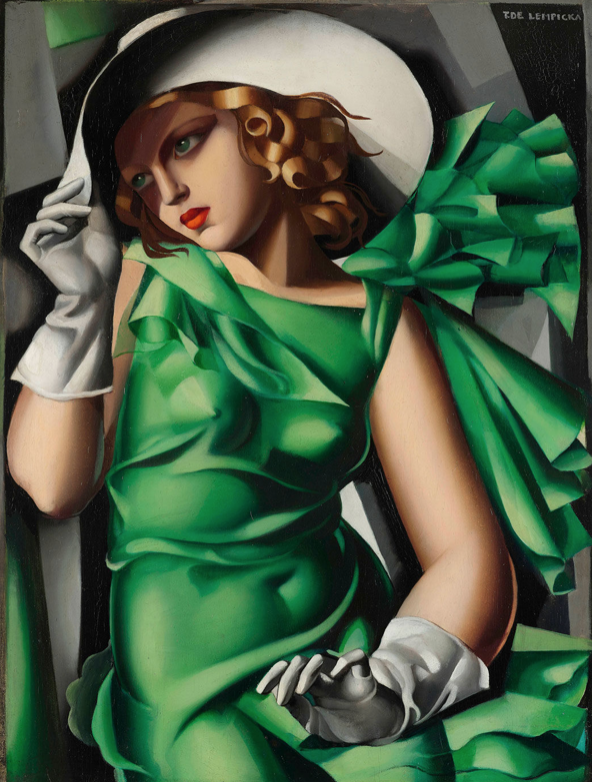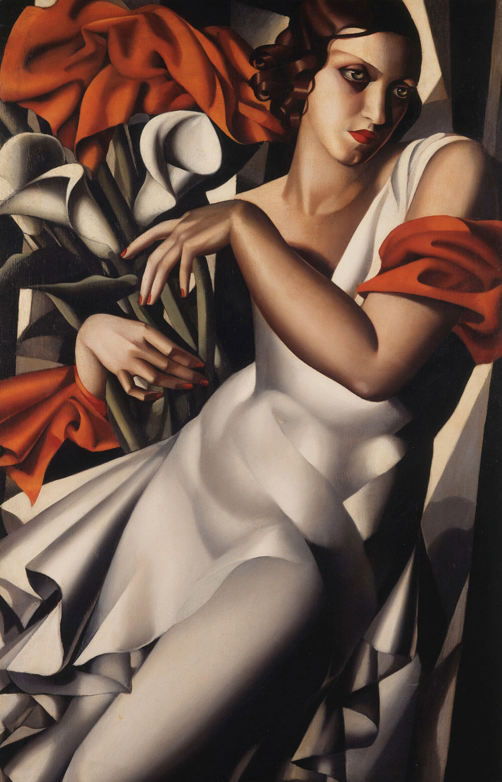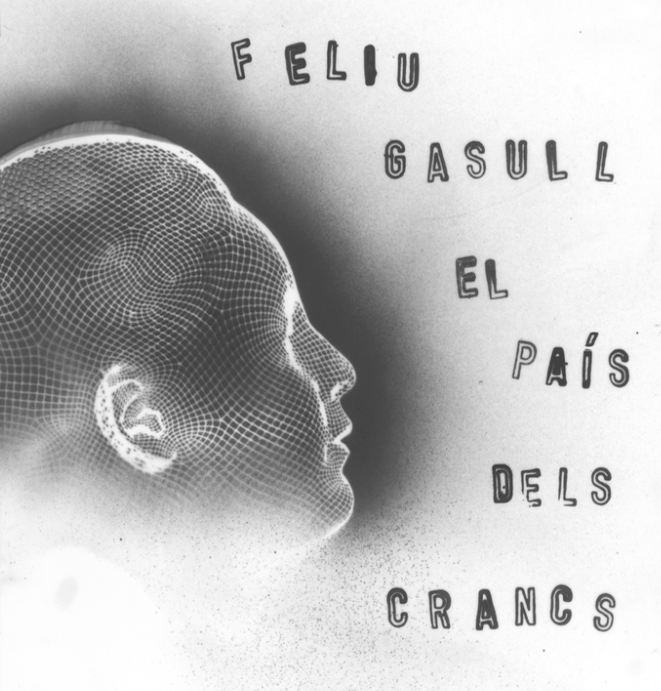Exhibitions
Luxury, desire, and geometry: Tamara de Lempicka seduces at the MFAH

More than ninety works, including portraits, still lifes, drawings, and studies, fill The Museum of Fine Arts, Houston, featuring the work of Tamara de Lempicka. Iconic pieces such as "Young Girl in Green," 1931, and "Weariness" are featured in one of the most important exhibitions of the year in the state of Texas.
This is the first retrospective of Tamara de Lempicka in the United States, organized in conjunction with the San Francisco Museum of Fine Arts. It showcases the Warsaw artist's evolution. Her beginnings were marked by Cubist elements, moving through Art Deco portraits to her later works and studies. The museum's exhibition highlights her connection to Houston, where she lived with her daughter Kizette after the outbreak of World War II.

Tamara de Lempicka, Portrait of Ira P. 1930
The Museum of Fine Arts, Houston, explores the artist's distinctive style and unconventional life as she rose to the pinnacle of café society. The exhibition traces Lempicka's complicated career against the backdrop of the era. She was a Polish artist world-renowned for her elegant, sensual, and strongly Deco-style portraits.
Her work blends angular Cubist lines with a fashion aesthetic, uniting bright colors, polished volumes, and theatrical gestures. In the 1960s and 1970s, her style was rediscovered by leading figures in the United States, and she is one of the 20th-century female artists with a recognized visual signature. She is considered a feminist figure, a pioneer in portraying women not as passive muses, but as dominant and free subjects.

Thérèse Bonney, Tamar de Lempicka working on the portrait Nana de Herrera, 1929.
The exhibition, on view through July 6, traces Lempicka’s career from her early days in Paris through the decade she spent in New York and Los Angeles in the 1940s. Highlighting the evolution of her artistic style in concert with these transitions, her classical portraits, sensual figure studies, and moody still lifes trace the influences she absorbed from Cubist aesthetics, fashion and design, and her deep appreciation for Renaissance art and the paintings of Jean-Auguste-Dominique Ingres.








